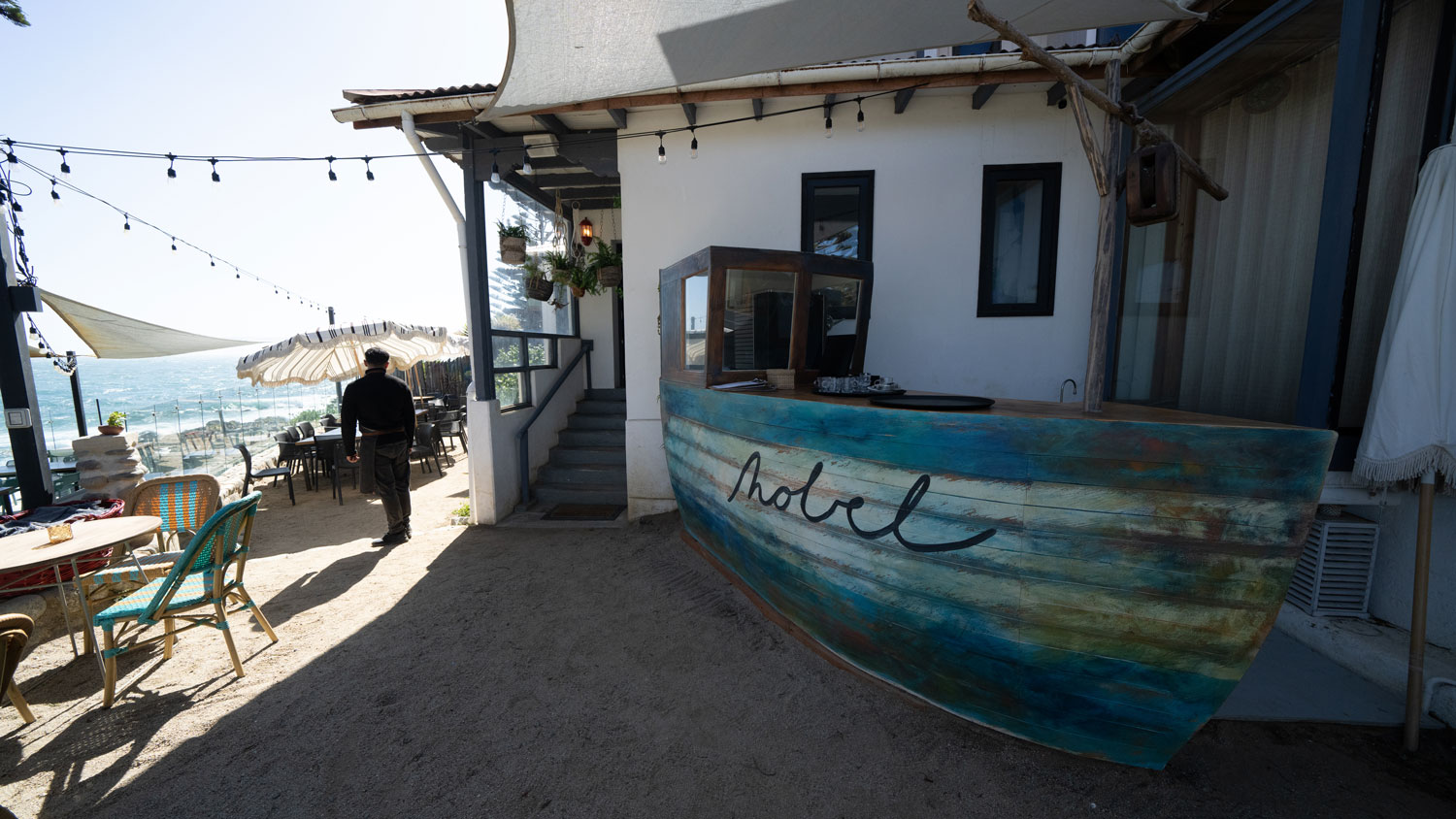Pablo Neruda House Museum
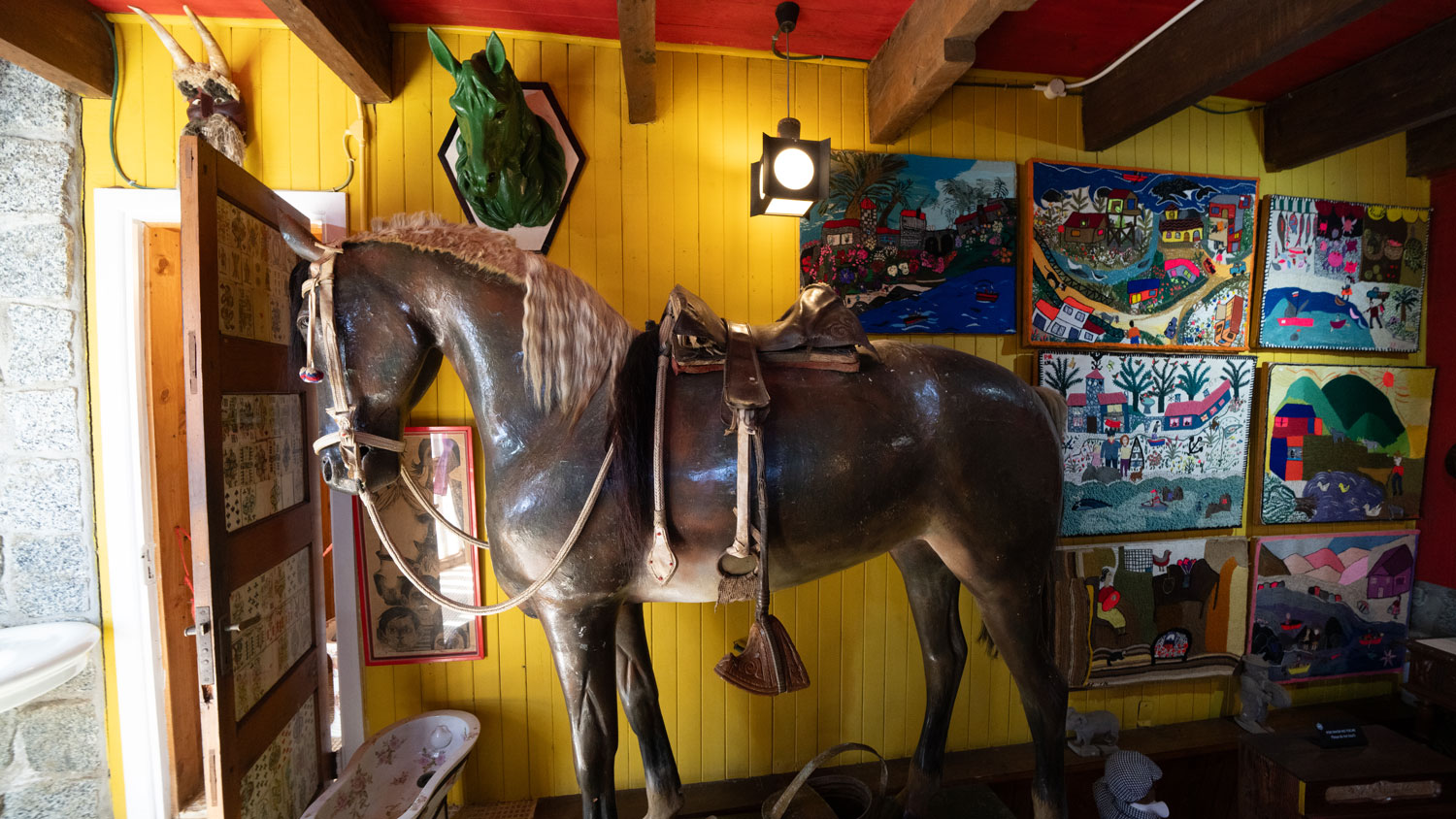

Pablo Neruda
was a poet and diplomat, he is still a poet for all those passionate readers who enjoy his poetry. As a diplomat he developed a long career, being appointed and sent to different parts of the world, as consul and ambassador, responsibilities that enriched his culture and love for objects belonging to the different places he lived and visited during his many travels. Some of their varied destinations were Burma, Singapore, Spain, France, Mexico, Argentina, among others.
He collected bottles, masks, figureheads, conch shells, insects, globes, maps… even friends, in a good way, the poet enjoyed social life.




Craft Fair
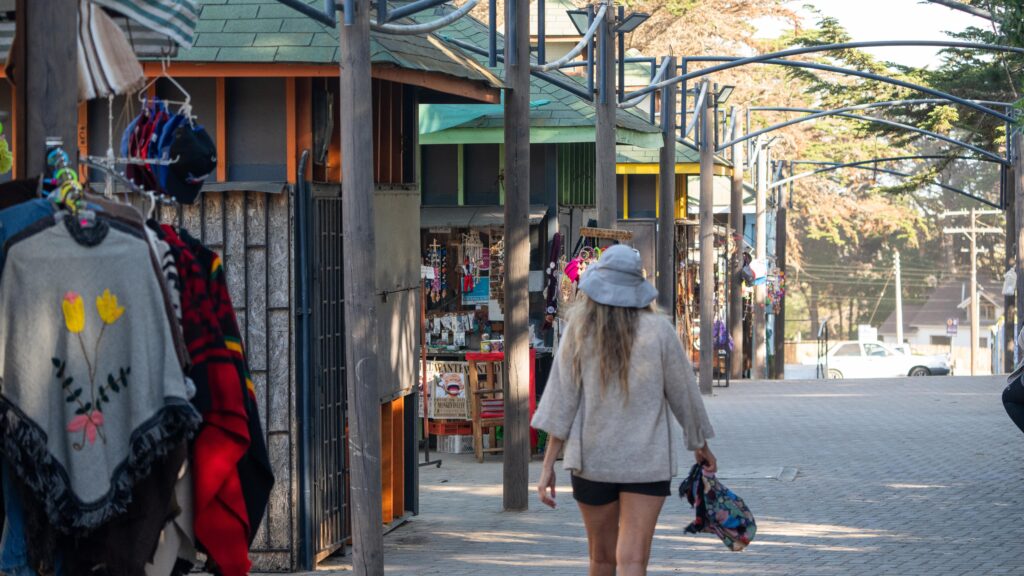
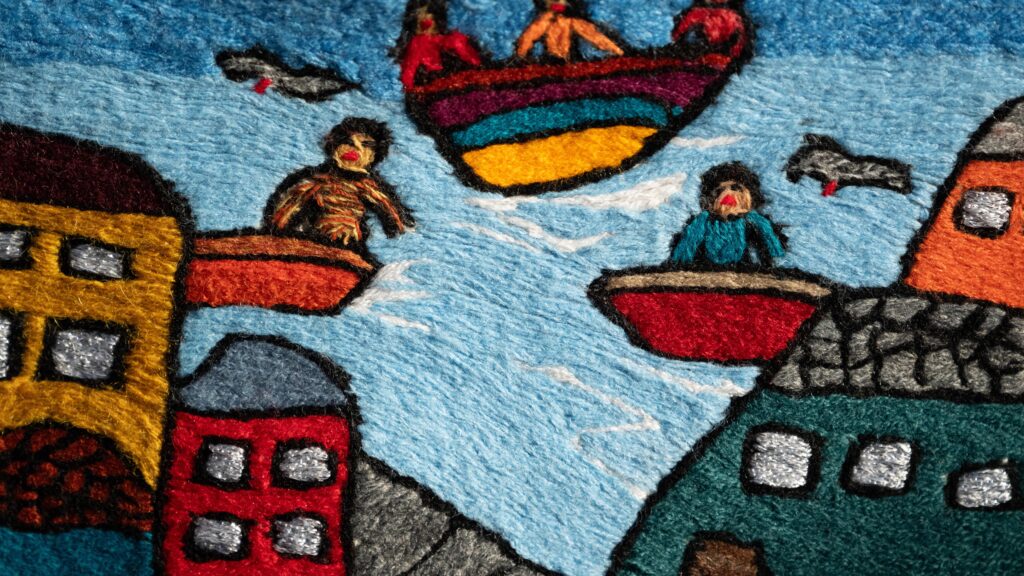
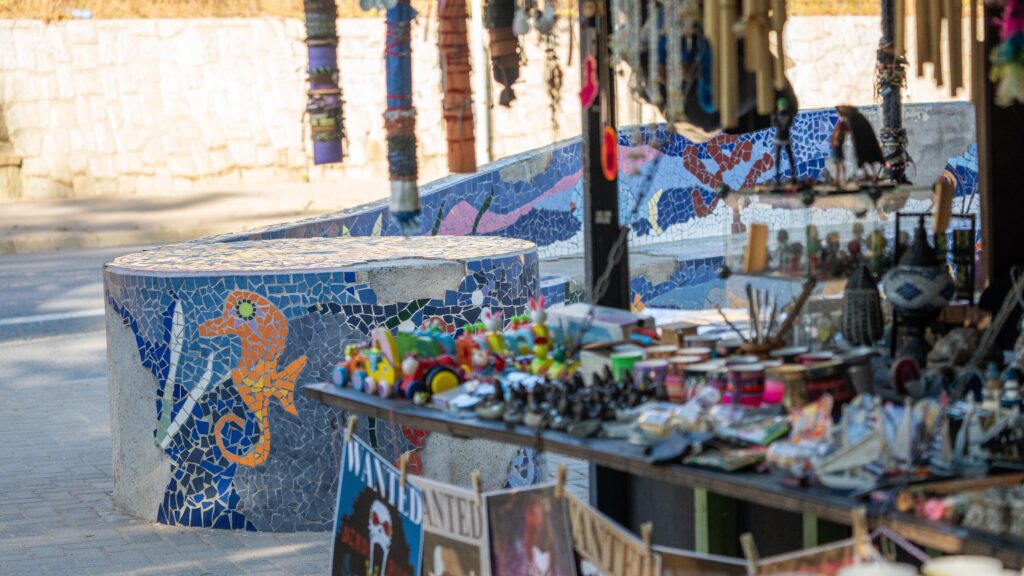
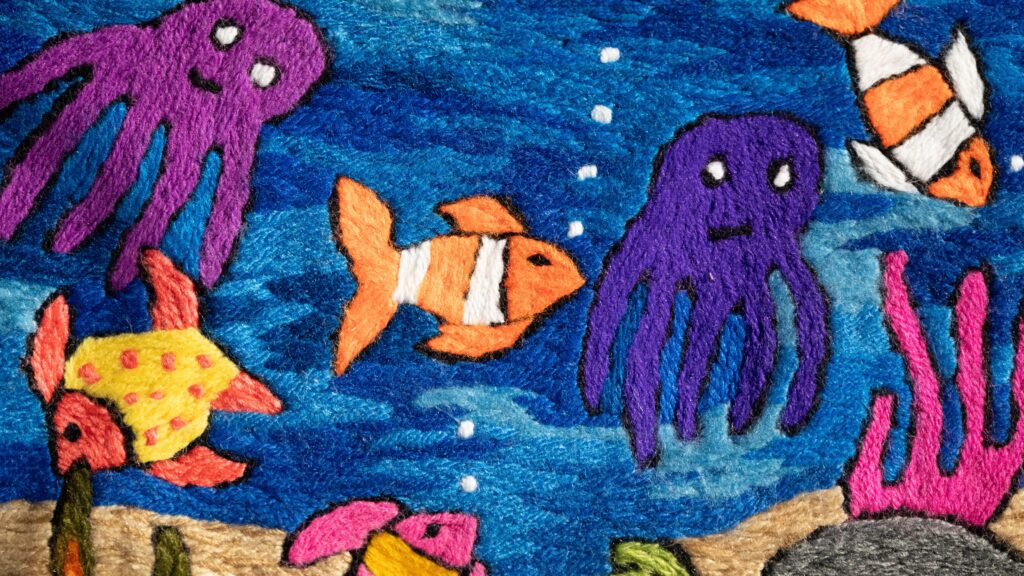
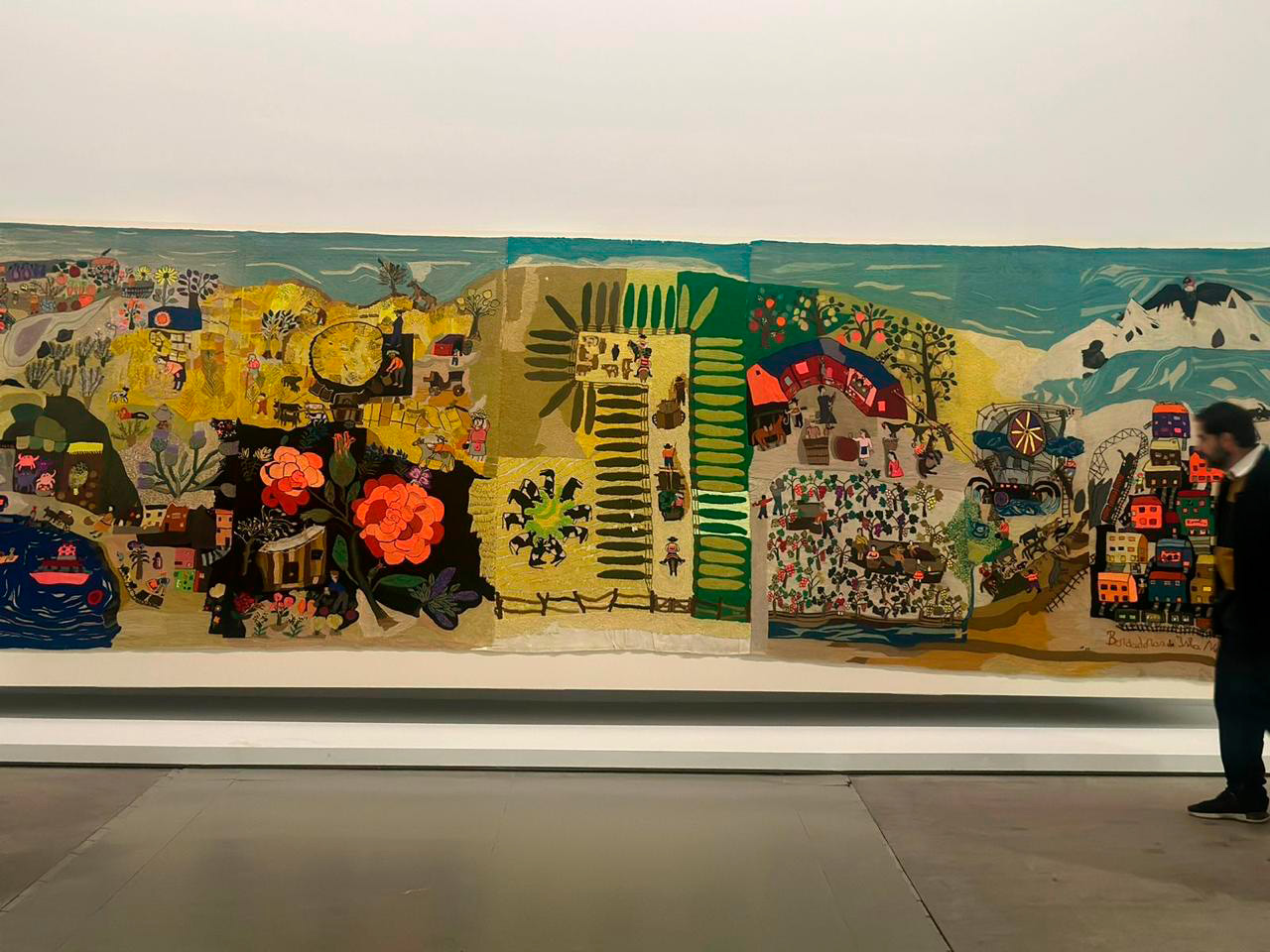
Large format embroidery by the Isla Negra Embroidery Machines exhibited at the Venice Art Biennale, Italy. 2024
Nobel Restaurant :
The Gastronomic Summit of the Neruda & Coastal Treasures Tour
“I would eat the whole earth,
I would drink the whole sea…”
(The great Ocean, Canto General)
